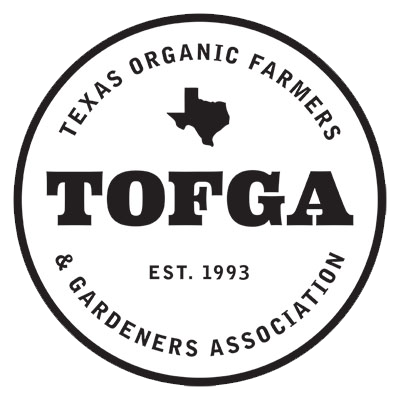Agricultural Water (Pre and Post Harvest)
Agricultural water is a key focus due to its potential to introduce harmful microorganisms to produce. It includes water used during growing, harvesting, and postharvest activities, with surface and groundwater posing varying contamination risks. Regular agricultural water testing is required to monitor microbial quality, particularly for generic E. coli as an indicator of contamination. Corrective actions, such as treating water or identifying and addressing contamination sources, are necessary when water does not meet safety standards. Proper water management practices help reduce risks and ensure produce safety throughout production and handling.
Postharvest handling is a critical training focus to ensure the produce remains safe after harvest. Proper management of postharvest water is essential, including monitoring and maintaining sanitizer levels to prevent cross-contamination during washing or cooling. Clean and sanitize all equipment, tools, and surfaces regularly to reduce the risk of contamination. Store produce in clean, temperature-controlled environments to prevent spoilage and microbial growth. By following these practices, farmers can maintain the safety and quality of produce from the field to the market.
Traducción al español debajo del pagina.
Indu Upadhyaya, PhD, and Diane Wright Hirsch, MPH present an update on the produce safety rule on agricultural water. |
This video covers Agricultural Water requirements for the FSMA, Produce Safety Rule |
"Produce Safety in Minutes" was created by University of Florida and Florida Agricultural and Mechanical University students and faculty. |
Pre-Harvest Agricultural Water... Does This Look Risky to You? Dr. Channah Rock (from the University of Arizona) will cover assessing and evaluating risks associated with the use of production water, and how we manage those risks on the farm including water treatment. |
Dr. Keith. Schneider (from the University of Florida) covers wash water quality, sanitizer use, methods of/pros and cons of monitoring, and some recommendations for post-harvest water management that attendees can apply to their operations. |
This video describes and shows how to reduce the risk of contaminated produce with food safety practices including handwashing, animal prevention, animal droppings removal, documentation, using clean packing equipment, worker training, and more. |
MU Extension Horticulture Field Specialist, Patrick Byers, provides a brief tutorial on water use. |
Water at Harvest |
Espanol: Cosechando el producto fresco teniendo en cuenta la seguridad alimentaria. This video describes and shows how to reduce the risk of contaminated produce with food safety practices including handwashing, animal prevention, animal droppings removal, documentation, using clean packing equipment, worker training, and more. Presented in Spanish language. |
Policies, Guides & Training: |
El agua para uso agrícola es un elemento clave debido a su potencial para introducir microorganismos dañinos en los productos agrícolas. Esta agua incluye el agua utilizada durante el cultivo, la cosecha y las actividades poscosecha, y las aguas superficiales y subterráneas presentan diversos riesgos de contaminación. Se requieren análisis regulares del agua para uso agrícola para monitorear la calidad microbiana, en particular la presencia de E. coli genérica como indicador de contaminación. Cuando el agua no cumple con los estándares de seguridad, es necesario implementar medidas correctivas, como el tratamiento del agua o la identificación y el tratamiento de las fuentes de contaminación. Las prácticas adecuadas de gestión del agua ayudan a reducir los riesgos y a garantizar la inocuidad de los productos agrícolas durante la producción y la manipulación.
La manipulación poscosecha es un aspecto fundamental de la capacitación para garantizar la inocuidad de los productos agrícolas después de la cosecha. La gestión adecuada del agua poscosecha es esencial, incluyendo la monitorización y el mantenimiento de los niveles de desinfectante para evitar la contaminación cruzada durante el lavado o el enfriamiento. Limpie y desinfecte todos los equipos, herramientas y superficies con regularidad para reducir el riesgo de contaminación. Almacene los productos agrícolas en entornos limpios y con temperatura controlada para evitar el deterioro y el crecimiento microbiano. Siguiendo estas prácticas, los agricultores pueden mantener la inocuidad y la calidad de los productos agrícolas desde el campo hasta el mercado.








